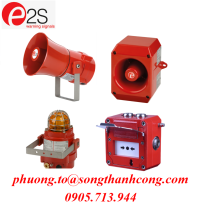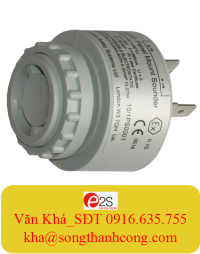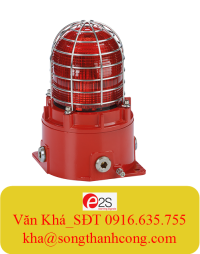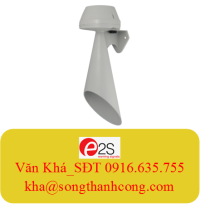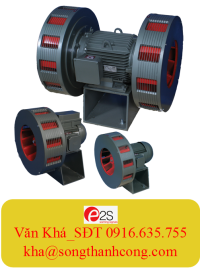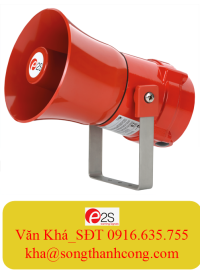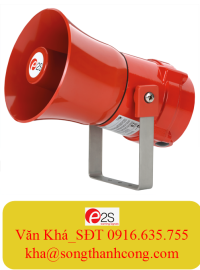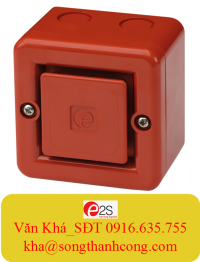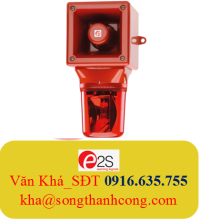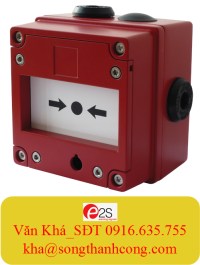Việc sử dụng ngày càng nhiều các thiết bị tín hiệu để tăng cường an toàn tại Worplace rất được hoan nghênh. Nó đặc biệt quan trọng trong các nhà máy hóa dầu và dầu khí nơi khả năng xảy ra tai nạn nghiêm trọng lớn hơn nhiều so với hầu hết các môi trường công nghiệp.
Hazardous areas are defined as areas where concentrations of flammable gases, vapours or dusts may occur, either constantly (Zones 0 and 20), under normal operating conditions (Zones 1 and 21) or unusually (Zones 2 and 22). A whole series of additional conditions relating to the temperature classification and the auto-ignition temperatures of the type of gas or dust to be found to ensure that any equipment will not initiate an explosion or fire. Products designed for hazardous locations have to meet ever increasing standards and regulations. ATEX is the key requirement for Europe, while in North America, UL standards apply. In other parts of the world, particularly Australia, IECEx is gaining increasing acceptance. As well as these globally recognised standards, there are many local fire approvals that usually have to be met. Additional certification such as VNIIPO in Russia, BOMBA in Malaysia and CCCF in China will be required.
Hazardous area products fall into two categories. They either prevent an explosion by constraining the amount of energy entering the device (intrinsically safe) or have a sufficiently robust enclosure to contain an internal explosion (explosion proof). In most cases, they offer a robust, weatherproof device capable of operating reliably in the harsh
environments in which they are often installed.
It is not the intention to discuss hazardous area standards in this article but to offer some practical guidance on the use of signalling devices and their applications in these locations.
Intrinsically Safe ( an toàn nội tại )
Intrinsically safe products will have been designed for Zone 0 (gas) and Zone 20 (dust) and can therefore be used in Zones 1, 2, 21 and 22 as well. They generally use standard “industrial” enclosures and the protection comes from the electronics which is specially designed to limit the amount of energy to prevent an explosion. Together with a Zener barrier or galvanic isolator, they offer a very safe solution which is easy to install, but the limited amount of energy means that IS devices will only ever have lower performance than the same device installed in a safe area. Typically, sounders will have an output between 90dB and 105 dB @ 1m and beacons will use low power LED warning lights rather than ultra-bright Xenon strobes.
This limitation means that while they can be used outdoors in a plant, the sounder outputs are not sufficiently loud to be audible above the background noise. Consequently, IS products are usually best installed indoors in storage facilities, pharmaceutical plants and control rooms and indoor fire alarm systems which cover hazardous areas.
Explosion Proof ( Chống cháy nổ)
Explosion proof products use standard electronics but are housed in rugged enclosures designed to contain any potential explosion which may occur inside. This means they are heavier and more difficult to install than their IS equivalents but they can have significantly higher outputs. For example, alarm sounders can be up to 120dB @1m and beacons can incorporate powerful xenon strobes giving an effective light output up to 500cd
As an example, an LED intrinsically safe beacon may only warn people within a few metres of their location, but a 21 Joule explosion proof Xenon beacon has an effective warning distance of up to 35 metres. More importantly, the high intensity flash will reflect off any surfaces and will get attention even if one is not looking directly at it, an especially important consideration in a plant environment where maintenance personal will be concentrating on their work and need to know if there is an emergency.
These products are the mainstay of fire alarm, gas detection and PA systems on large petro-chemical installations around the globe where gas is the primary hazard. Increasingly, warning devices are being installed in sugar processing plants, grain storage facilities and other areas where dust, rather than gas, is the main explosive hazard.
Obviously, any equipment installed in such areas must be certified for use in Zone 20, 21 or 22 areas.
Increased Safety ( Tăng độ an toàn )
Many locations are classified as Zone 2 and it is possible to install alarm devices which have been designed specifically for these areas. This means that high performance products which are easier to install and have a lower purchase cost can be specified. Surprisingly, while there is a strong cost-benefit case to be made for this kind of product, the vast majority of Zone 2 areas are populated by Zone 1 products; it seems that designers adopt a cautious approach when specifying.
Choosing an effective alarm
Beacons and Status Lights
There are a number of different ways that can be used to generate light and for emergency signalling: it is important to know the advantages and disadvantages of each type to make the right choice.
Rotating mirror beacons are by far the most effective, and are still used extensively today, particular for vehicles and moving machinery. Their high output light reflects off everything but the use of halogen lamps (around 200 hours of working life) and a mechanical drive system mean they need regular maintenance and are generally not suited to
hazardous areas, especially where maintenance rules requires the system to be powered down each time work needs doing.
Xenon strobes, especially the higher power versions have a working life beyond 2,000 hours and create an effect almost as good as the rotating mirror beacons which means they are the preferred choice for critical alarm systems such as fire, gas and PA.
Alarm Sounders
These form the main backbone of most alarm systems, and many countries have national alert tones for fire alarm which are a legal requirement. France for example has the AFNOR tone, Germany the DIN tone and there are the PFEER tones for the offshore industry.
The choice of tone is very important. Continuous tones can very quickly blend into the background noise of motors, compressors and steam and do not grab your attention in the way a changing frequency tone does. The German DIN tone, which is also one of the PFEER tones, is particularly effective. It sweeps from 1200Hz down to 500Hz every 1 second and can be heard at far greater distances than many other tones.
Electronic sounders can often generate up to 45 alarm tones, and many devices allow the use of three or four different stages of alarm, meaning that there can be a fire, toxic gas or any other kind of alarm from a single device. This allows greater functionality from each device and saves money on cabling and installation.
Typically, hazardous area alarm sounders have outputs of between 110 and 120dB @ 1m. To create effective warning, the sound level needs to be at least 5 dB above the background noise and together with a choice of suitable tones, an effective alarm is created.
When using several different signals for different alarms, it is important that the two or three tones selected are different and can be readily distinguished by plant personal as a quick response in an emergency is vital.
As well as electronic alarm tones, there are the traditional electro-mechanical products such as bells, buzzers and sirens. These devices are rich in harmonic content, very effective and easily recognisable, but they suffer from the reliability of their mechanical mechanisms. Fortunately, digital electronics can now replicate these tones, often with
outputs that are higher than the originals and with the reliability of electronics and, most importantly, they are available in both heavy duty weatherproof and Ex versions.
Disaster Sirens
It is becoming more and more common for large industrial sites to extend their warning systems to cover car parks and storage facilities to provide a disaster siren for major emergencies and toxic gas release. This can be to warn both people on-site and also people living and working in the neighbouring areas adjacent to the plant. Sometimes the
requirements are for a short distance (200 to 400 metres) and for others it is for far greater distances, possibly up to 2km or more.
Typical solutions now have battery back-up, silent test and options for various communication methods including TCP/IP, Radio Control, GSM and RS485 which means a siren can be installed and managed remotely from the control room without significant expense.
Disaster sirens require high power inputs for operation, and so they are usually installed in the safe areas. However, it is possible to have the electronics installed in an Ex d enclosure and mount the speakers at 15m which is usually classed as safe area, giving the best of both worlds.
High quality voice reproduction can also be achieved using these products, giving the option of extending the site PA systems to cover other areas.
Temporary Alarms
As well as the usual requirements for fixed safety warning devices on an established plant, there is increasing use as temporary alarms, especially during the construction phase of a new or extended plant. Radio control makes this an easy to implement solution, and with only a small ac power supply required or powered from solar panels, it can
be up and running quickly and then moved to another site once the construction phase is complete.
This gives the construction engineers the option of a full fire alarm and/or emergency management system which can be activated from almost anywhere in the plant without any cabling, providing a temporary solution which is as effective as a fixed installation.







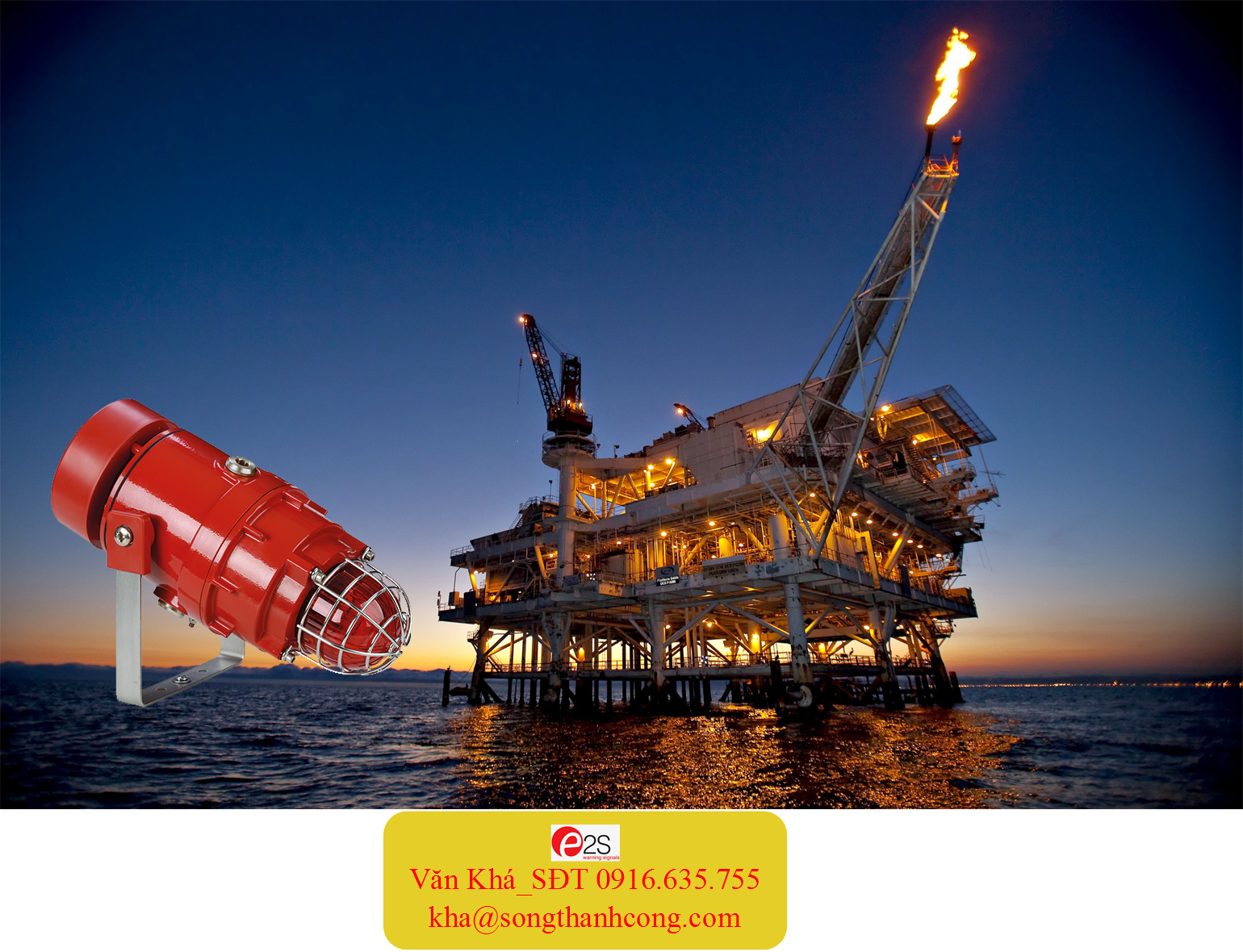
 Mr Vương
Mr Vương live:.cid.d22573c25f91d309
live:.cid.d22573c25f91d309
